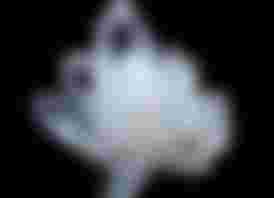In the literature, the name quartz or pure quartz is often used for rock crystal. Rock crystal is a colorless variety of quartz, translucent, and differs from other varieties of quartz: amethyst (purple), citrine (yellow), rose quartz (pink), soot (brown). In nature, it occurs in oblong crystals individually or in groups in clusters, and can be of different shapes and sizes.
During the Paleolithic and Neolithic, this crystal was used to make tools, and in ancient times it was used to make seals, cups, vases, and various ornaments, as well as balls for various rituals and magical rites.
He was highly esteemed in Mycenaean and classical Greek and Roman culture.
Its hardness on the Moss scale is 7.
The name quartz comes from the Greek word krystallos which means ice. Until the Middle Ages, quartz was considered a crystal of frozen water.
According to tradition, the Indians and Aborigines used this crystal in rituals to invoke rain, the ancient Japanese believed that the mountain crystal was the breath of the White Dragon and was revered as unattainable perfection. It was also popular in China during the Ming Dynasty.
The discovery of crystal skulls, which many believe are the legacy of the Atlanteans, caused a great sensation and mystery that has not been solved so far, and that knowledge is stored in these skulls that the current civilization still cannot "read".
The most famous skull is "Mitchell-Hedges", named after Ann Mitchell-Hedges, who found it in a Mayan temple in 1924.




Ovo je zaista lep rad,svaka cast.